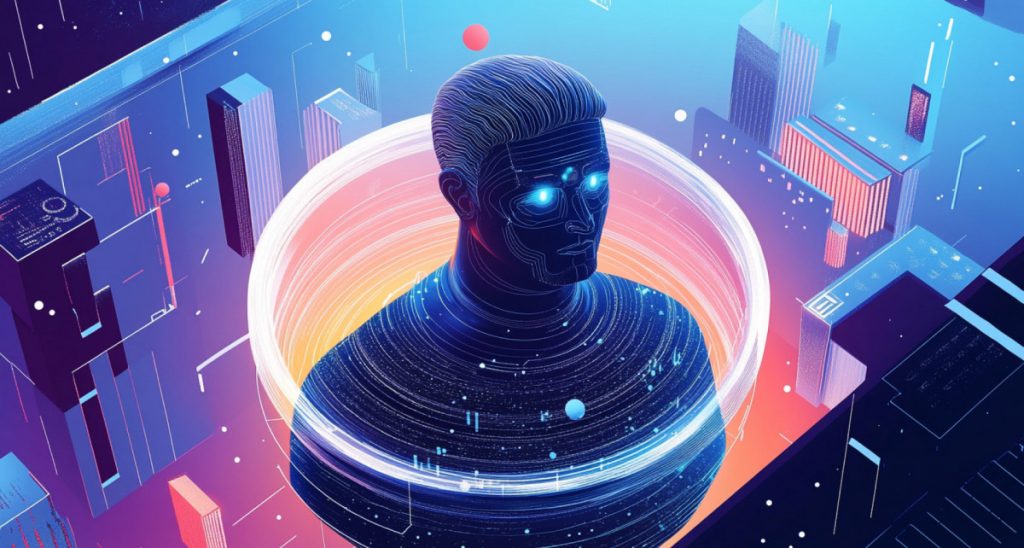Roblox Launches Cube 3D: A Community-Driven AI Tool For Crafting 3D Objects And Scenes Using Text Inputs
In Brief
The gaming giant Roblox has introduced Cube 3D, a groundbreaking AI model that enables users to create 3D objects and immersive environments from simple text prompts, all while being open-source.

An interactive gaming platform and a game development environment Roblox has announced the public release of Cube 3D, an innovative AI model engineered to generate 3D objects and diverse environments directly from textual inputs.
Cube 3D is set to become the backbone for many upcoming AI features Roblox plans to introduce, which include sophisticated tools for scene generation. As it matures, it aims to evolve into a versatile multimodal model that integrates various input types such as text, images, and videos, seamlessly working alongside Roblox's existing AI creation tools. This AI can generate complex 3D models and environments based on text descriptions, and there's potential for it to include image-based inputs in future iterations.
To create a fully immersive 3D universe, it's crucial to design fully operational structures like garages that cars can enter, seating areas, and podiums for winners. Roblox has taken cues from advanced models that train on text tokens to predict subsequent tokens and complete sentences. This innovative approach aligns with their vision. By tokenizing 3D objects and recognizing specific shapes as tokens, Roblox trains Cube 3D to anticipate the next shape token, enabling the assembly of entire 3D objects. When fully utilized for scene creation, Cube 3D will systematically predict layouts and the shapes needed to complete them. Users will have the ability to customize, develop plugins, or teach Cube 3D with their personal data for tailored outputs.
Roblox Pioneers Object Production With 3D Tokenization
One of the main technical hurdles was establishing a connection between text and images with 3D shapes. The breakthrough comes with 3D tokenization, which allows the system to depict 3D objects as tokens, akin to how words are represented in text. This mechanism empowers Roblox to predict shapes much like how language models forecast the next word in a sentence.
To facilitate the generation of 3D assets, Roblox has crafted a cohesive framework for autoregressive generation, which encompasses the creation of individual objects, completing various shapes, and conceptualizing multi-object or scene layouts. Autoregressive transformers are neural networks designed to use past inputs for predicting future elements. This framework not only allows for scalability but also ensures compatibility with multiple input formats, be it text, visuals, audio, or 3D structures. With an open-source approach, creators will soon be able to generate 3D assets from text prompts, with an aspiration to enable entire scene generation through diverse input types in the future.
For training their shape-generating generative pretrained transformer (GPT), Roblox utilizes discrete 3D shape tokens, which are aligned with corresponding text prompts. This cutting-edge method positions us to engineer fully playable 3D environments moving forward.
Roblox serves as an online gaming platform and creation system where users can craft, develop, and interact with games made by others. Its expansive virtual landscape allows individuals to design and share engaging 3D experiences that range from simplistic games to elaborate virtual realms.
Disclaimer
In line with the Trust Project guidelines Please be advised that the information on this page is not meant to be interpreted as legal, tax, financial, investment, or any form of advice. It is crucial to invest only what you can afford to lose, and seek independent financial consultation if there's any uncertainty. For more details, we recommend reviewing the terms and conditions along with the help and support sections provided by the issuing party. MetaversePost aims for precise and unbiased reporting, but market conditions can change unexpectedly.







